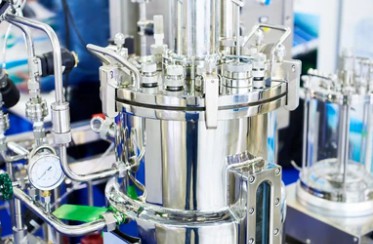We use cookies to understand how you use our site and to improve the overall user experience. This includes personalizing content and advertising. Read our Privacy Policy
The traditional extraction and processing of plant active ingredients has the following deficiencies: limited by the distribution area of plants; affected by seasons, climate, disease and pest disasters, etc.; occupying a large area. The industry that adopts large-scale plant cell culture technology to produce useful ingredients is mainly concentrated on some compounds with high price, low output and large demand, such as drugs, spices, food additives, pigments, etc. Through the research and development of plant cell biological reaction technology and large-scale reaction equipment, the yield and quality of these secondary metabolites can be improved and their production costs can be reduced.

Plant cell bioreactor is an essential equipment used in the large-scale cultivation of plant cells. According to different structures, plant cell bioreactors mainly include mechanically stirred bioreactors, air-lift bioreactors, bubble column reactor, packed bed bioreactors, fluidized bed reactors, and hollow fiber reactors. Different bioreactors have different characteristics, and should be designed and selected according to different cell types and characteristics in practical application.
Arnebia euchroma cells were cultured to produce naphthoquinone pigment components by a two-step method in a bioreactor.
If there is no bioreactor, shake flask culture can be used. After the first step of cultivation, replace the medium in the shake flask with the production medium and continue the cultivation.